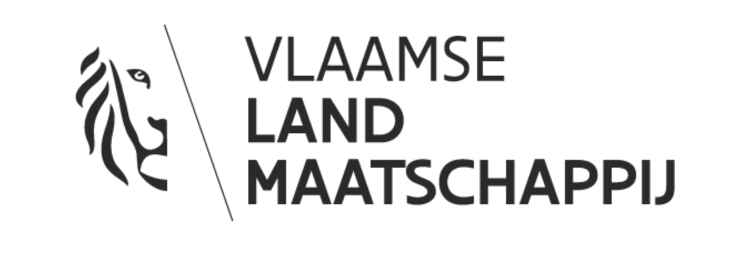
East-Flanders
Ghent (French: Gand) is the capital and largest city of the Belgian province of East Flanders. Ghent has an area of 15,777 hectares and has more than 260,000 (registered) inhabitants (2020), making it the second largest city in Belgium by population, after Antwerp. It is also a well-known student city. You can always find these students on the banks of the Graslei when the sun is shining.

Picture of the Graslei
In this project the region is focussing on two parts of East-Flanders:
1. Moervaart valley: This includes Ghent and some north-eastern municipalities like Moerbeke and Lokeren.
2. Southwestern Flemish Ardennes (Vlaamse-Ardennen): This includes some of the southernmost municipalities of East Flanders, such as Ronse and Maarkedal.
Facts & figures

The Province of East-Flanders can be divided in two subregions separated by the Scheldt river: in the south, an undulating landscape mostly with small water courses, and in the north, the Flemish valley. The central and north-eastern part of the province is highly urbanised. The rural areas within the southern part have arable land and livestock production, with a mixture of biodiverse woodlands, often part of the NATURA2000 network.
![1[1]](https://nbracer.eu/wp-content/uploads/2024/02/11.png)
![2[1]](https://nbracer.eu/wp-content/uploads/2024/02/21.png)
![3[1]](https://nbracer.eu/wp-content/uploads/2024/02/31.png)
![4[1]](https://nbracer.eu/wp-content/uploads/2024/02/41.png)
![5[1]](https://nbracer.eu/wp-content/uploads/2024/02/51.png)
![6[1]](https://nbracer.eu/wp-content/uploads/2024/02/61.png)
![7[1]](https://nbracer.eu/wp-content/uploads/2024/02/71.png)
![8[1]](https://nbracer.eu/wp-content/uploads/2024/02/81.png)
![9[1]](https://nbracer.eu/wp-content/uploads/2024/02/91.png)
![10[1]](https://nbracer.eu/wp-content/uploads/2024/02/101.png)
Principal climate change challenges
East-Flanders is facing severe water-related risks in the current changing climate: extreme episodes of water scarcity, periods of extreme rainfall and related flooding, fluvial flooding of the rivers Scheldt, Leie, Dender and Durme. This is the case for the Moervaart valley. In the hilly southern part (“Vlaamse Ardennen”), climate change will double the water erosion of the highly fertile arable land. Heavy rainfall in these valleys causes flooding of villages, residential and industrial areas. Attention to nutrient and pesticide runoff due to farming activities is also taken to prevent the contamination of water bodies in the region.
Existing strategic engagements
The Blue Deal of the Flemish Government funds a wide variety of water-management related projects. It focuses on 70 action lines, grouped into 7 tracks. Numerous project calls and projects are funded under the Blue Deal, many of which focus on NBS and other non-grey infrastructure works for better soil and water management, infiltration, and removal of sealed infrastructure, etc.

Landscapes and demos
Reducing water challenges with local measures in a regional scale water and land-use management:
Solutions to Be Involved In Demostrations
Regional Partners



![EN_FundedbytheEU_RGB_WHITE[1]](https://nbracer.eu/wp-content/uploads/2023/11/EN_FundedbytheEU_RGB_WHITE1.png)
